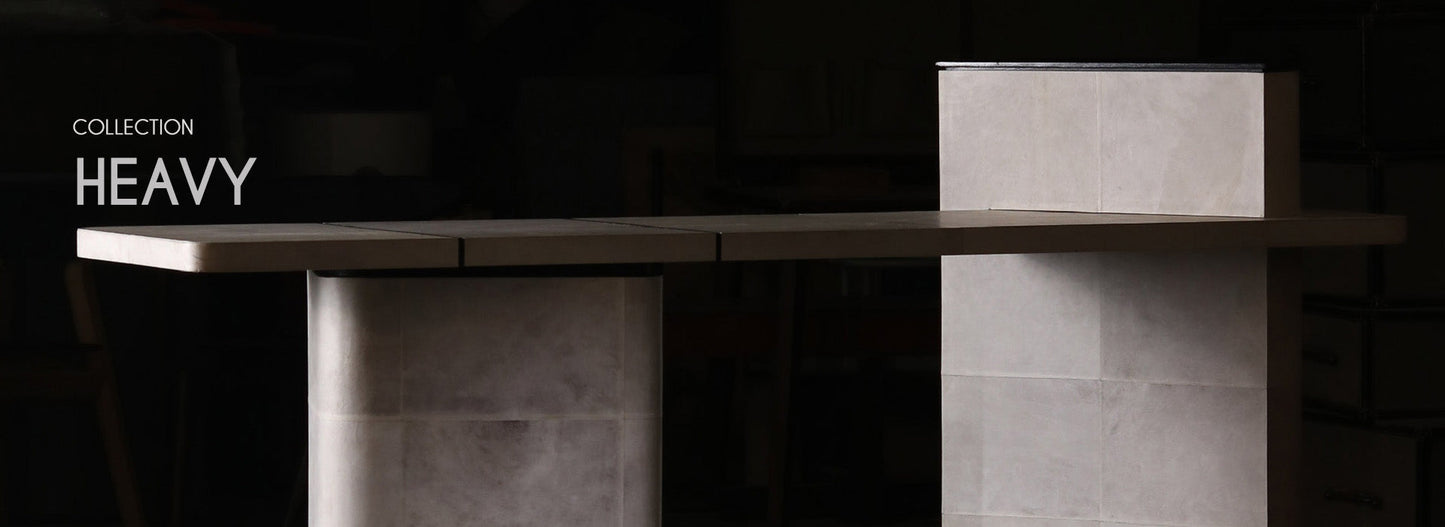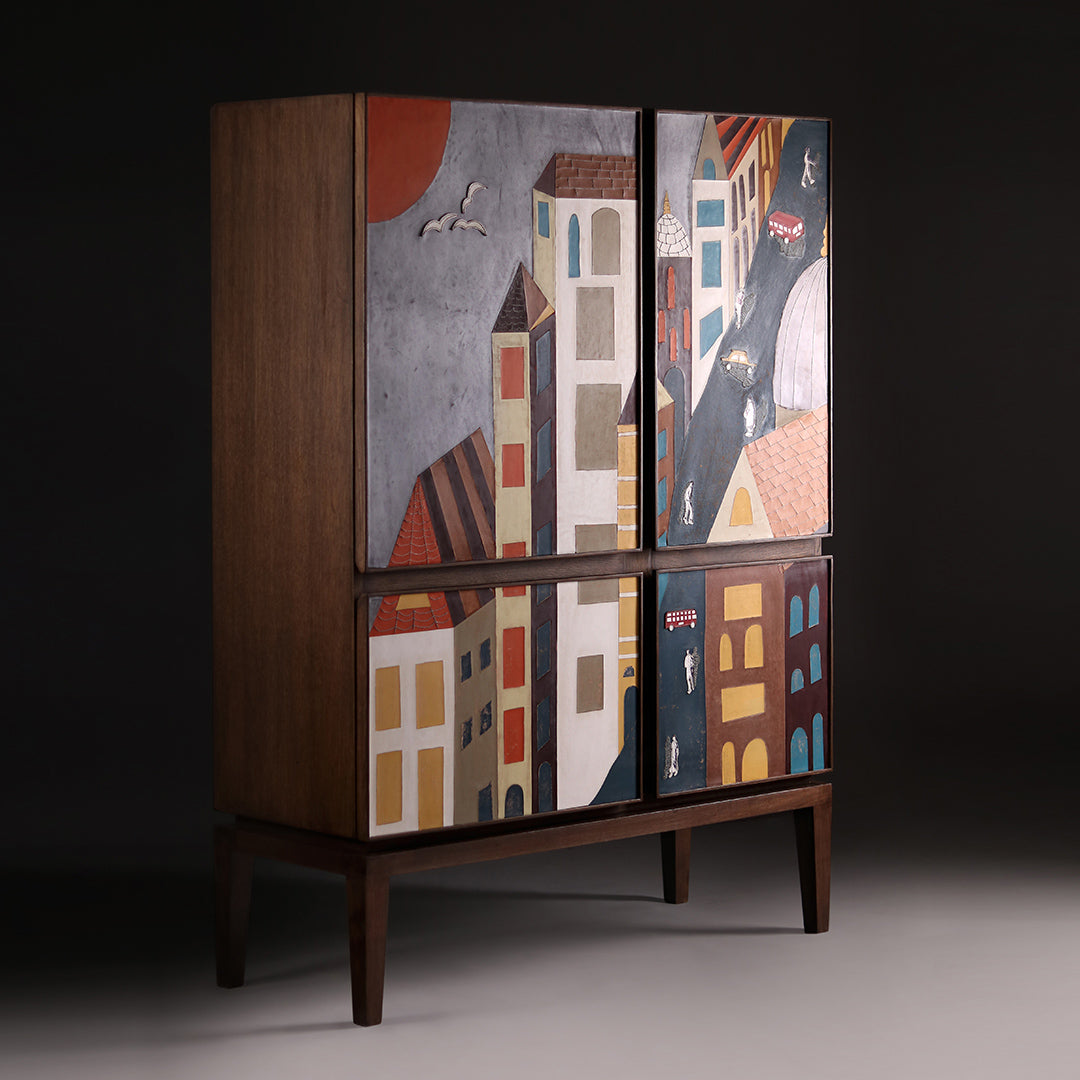
Choosing the right furniture is never just about function. It defines how your home looks, feels, and serves your lifestyle. Designer furniture combines quality, aesthetics, and individuality. But buying it requires more thought than picking pieces from a catalogue. Every decision should align with your taste, space, and long-term needs.
This guide explains how to select the right designer furniture for your home. It talks about its main tips and suggestions, and how a designer furniture store will help you to reach the goal of a balanced living place.
Learn Your Living and Requirements

As you buy products, you should ask yourself how you will utilize each space. A living room that hosts large gatherings needs different furniture than one meant for quiet evenings. A dining table for a family of six differs from one for two.
1. Daily Use: Choose durable designs if the furniture will be used daily. Sofas with high-quality fabrics or stain-resistant finishes work best.
2. Occasional Use: Statement pieces like the accent chairs or decorative tables can be more playful.
3. Storage Needs: Opt for multifunctional items, such as coffee tables with shelves or beds with built-in storage, if space is tight.
Designer furniture is not all about the aesthetics. It should simplify your life as well as improve the personality of your home.
Measure Your Space Accurately
Size and proportion are critical. Many buyers fall in love with a piece only to find it overwhelms the room.
- Take exact measurements of floor space, wall lengths, and ceiling heights.
- Map the layout on the floor to be sure.
- Breathing space, furniture must not obstruct movement or light.
A uniform design helps to make every piece fit perfectly without crowding the room.
Define Your Style and Theme

Furniture is a personality. Defining your style assists in eliminating options and prevents inappropriate buying.
Common design themes include:
1. Minimalist – Clean lines, neutral colors, functional shapes.
2. Modern – Sleek finishes, metal accents, bold contrasts.
3. Classic – Ornate details, rich wood, timeless silhouettes.
4. Eclectic – A mix of textures, patterns, and vintage finds.
Designer furniture is available in every style. A clear theme will guarantee that every piece complements the rest of your home.
Prioritize Quality and Craftsmanship
Quality is one of the primary reasons why people purchase designer furniture. These pieces are made out of high-quality raw materials and professional handwork, unlike mass-produced goods.
- Wood: Teak, oak, walnut, or ash offer durability and elegance.
- Upholstery: Genuine leather, linen, and high-grade fabrics last longer.
- Finishes: Hand-painted or polished finishes often make each piece unique.
Quality craftsmanship also implies that furniture ages well, providing character over time. Find detailing, joints, and finishes that suggest skill, not shortcuts.
Focus on Comfort and Functionality
An item can be impressive, but it should not be at the expense of comfort. A sofa of inappropriate depth or a dining chair of bad back support soon becomes a regret.
1. Test before buying: Sit, lean, and move around the furniture.
2. Check ergonomics: The height, depth, and angles should suit your body.
3. Practical use: A coffee table should hold more than décor; it should also support daily living.
Designer furniture blends form and function. Always ensure beauty is paired with usability.
Choose Colors and Materials Wisely

Colors and textures shape mood. A vibrant sofa can uplift a neutral living room. A wooden table can warm up a sleek, modern kitchen.
1. Neutral palette – Creates versatility and allows seasonal updates with cushions or throws.
2. Accent shades – Bold pieces can become the highlight of a room.
3. Material harmony – Combine wood, metal, and fabric thoughtfully for balance.
Consider natural light. Dark furniture in a poorly lit space can make it feel smaller. Lighter tones expand and brighten.
Budget with Value in Mind
Designer furniture has a higher price tag, but it is an investment. Value, rather than cost, must be sought.
1. Invest in basics- Sofas, beds, and dining tables are worth quality.
2. Reduce expense on accents - Side tables or stools can be made more flexible.
3. Think long term- Well-executed furniture can last decades, and you save money on replacement.
Developing a simulated budget aids in balancing between extravagance and saving, and constructing a unified appearance.
Mix and Match Thoughtfully
Not every piece must match perfectly. A room feels authentic when it reflects a curated collection rather than a showroom.
- Combine modern chairs with a vintage table.
- Use neutral sofas with bold accent chairs.
- Add handcrafted side tables to balance sleek storage units.
The goal is balance, not uniformity. Designer furniture encourages creative combinations that reflect individuality.
Maintenance and Care
Good furniture deserves good care. Small efforts extend life and preserve beauty.
- Dust regularly with a soft cloth.
- Avoid harsh chemicals on wood and leather.
- Rotate cushions to ensure even wear.
- Keep away from direct sunlight to prevent fading.
Simple practices make sure the furniture remains as striking as the day it was purchased.
Visit a Designer Furniture Store
Browsing online helps, but seeing furniture in person is essential. A designer furniture store allows you to:
- Experience textures and finishes directly.
- Compare proportions against real settings.
- Consult with in-house designers for advice.
- Test comfort before committing.
The store experience also ensures authenticity. You can trace the origin of materials and learn about the design process. This transparency builds trust.
How PortsideCafé Stands Apart

Among several options, PortsideCafé sets a benchmark for designer furniture. Its collections blend modern functionality with artisanal charm. Each work is a hand-crafted work and not a machine product.
What makes it stand out:
1. Unique Aesthetic - The designs often have a story behind them, making the furniture a topic of discussion.
2. Details Matter - Finishes and accents are hand-painted, with special textures.
3. Excellent Materials- Only quality wood, fabrics, and finishes are used, and they last long.
4. Personalization - Offers size, finish, and material options.
Choosing from such a collection not only enhances interiors but also brings individuality into the home. PortsideCafé shows how design and storytelling can merge into practical living.
Conclusion
Designer furniture is more than décor. It defines the soul of a home. A visit to a known furniture designer shop will make you feel and see the difference. PortsideCafé is also one such example that demonstrates how careful design can change interiors. When you invest in the appropriate furniture, you have a home that is functional, comfortable, and beautiful.
FAQs
Q1. What makes designer furniture different from regular furniture?
Designer furniture includes exceptional designs, the use of high-quality materials, and details. It provides elegance and a long life span, which the mass-produced furniture lacks.
Q2. How do I choose the right designer furniture for my home?
Measure your space, learn your style, and test material quality. Select the items that are comfortable, functional, and stylish to fit your house.
Q3. Is designer furniture worth the higher price?
Yes. The designer furniture is usually durable, more attractive, and gives character to your place. It is an investment in quality, design, and long-term value.
Q4. Where can I buy authentic designer furniture?
Authentic designer furniture can be purchased at a reputable designer furniture store or a reputable online store. You should always examine brand name, reviews, and quality assurance prior to buying.


